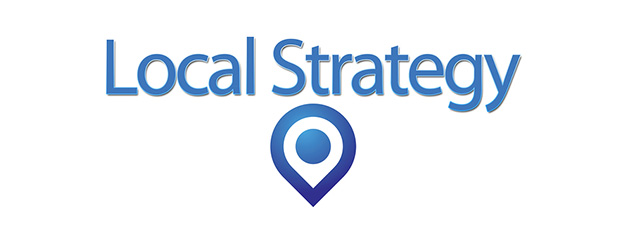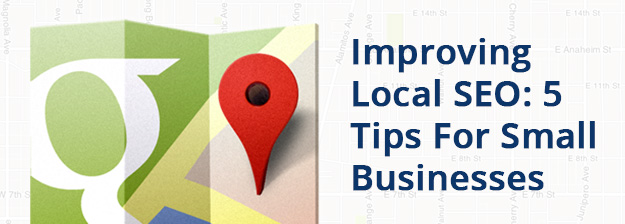
Local SEO Beyond NAP: Site Elements & Citation Improvements
by SEO Savvy September 16th, 2014
Many local businesses already know the benefit of managing their local online business directories like Google My Business and Yelp, but improving local SEO shouldn’t stop there. Claiming their business profiles and confirming that their NAP (name, address, phone) data is listed correctly across other local online business directories like Yellow Pages, Superpages, etc. is important as well. Using services like Moz Local is a simple way to centrally manage your business listings.
If local search is an important part of how your customers find your business, then improving local SEO through on-site optimization and finding citations are additional important pieces to this puzzle. From adding the city and state into content to improve on-site optimization to finding and improving citations, here’s what you can do to improve local search optimization:
#1: Geo-modified content improvements.
If your business has a single location, you can optimize your pages to include your city, but if your business has multiple locations, it becomes more challenging. Creating a separate location page and possibly service pages for each of these branches will be important. Consider optimizing the following on-site elements where it is relevant and makes sense:
- Add city and state to the title tag
- Add city and state to the H1 heading
- Add city and state to the URL for local product and service pages
- Add city and state to alt image tags
- Add city and state to your meta description
- Include an embedded Google map
- Utilize Schema.org locations data mark-up
Whether or not the meta description plays a role in Google’s ranking algorithm, it’s still important to optimize for local search in order to boost click through rates when your site appears in SERPs. Finally, when including the embed map, be sure that it points to your actual Google Plus local listing.
#2: Monitor & correct citation inconsistencies.
Inconsistency with local directory listings can negate all the hard-earned benefits of onsite local optimization, according to Forbes’ contributor Steve Olenski. Even if your NAP data is correct in Google My Business, it is still possible that errors may exist in other local registries. Common inconsistencies include duplicate business listings, the wrong address location (maybe your cafe relocated last year, but a local directory listing still sends searchers to your old address), incorrect store hours (such as special seasonal hours that are not correctly listed), or the wrong telephone number. Fixing a citation problem, however, is not complicated once the problem has been identified.
A citation finder tool is great for finding duplicate listings and checking your business citations for accuracy. A citation finder tool will crawl the Internet to find references and mentions of your business whether it includes complete or partial NAP reference. It will highlight inconsistencies, which presents the opportunity to correct those issues. Many times businesses don’t know that citations are out there with inaccurate or partial information referencing their business. Whitespark, Sycara Local and Brightlocal all have citation finder tools as part of their local software.






